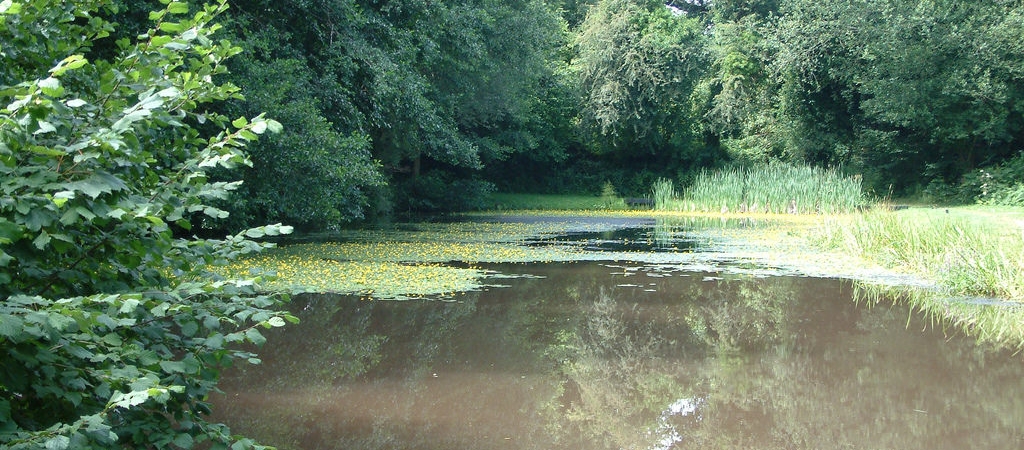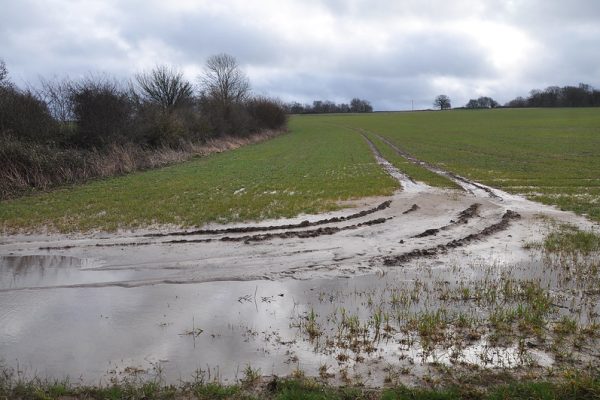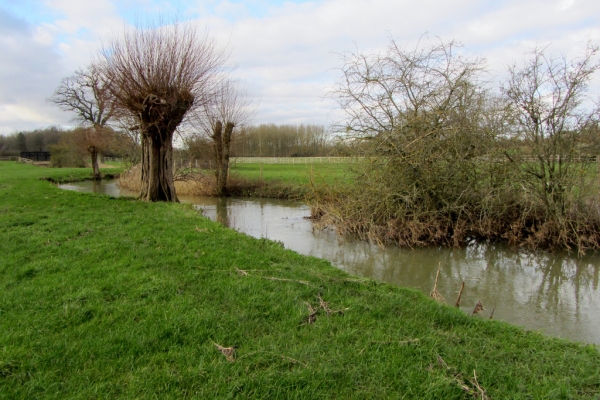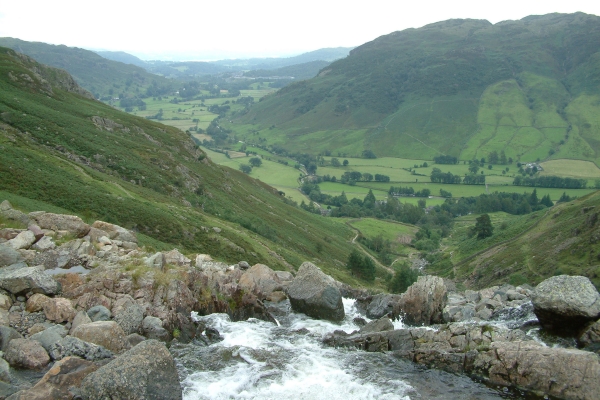Soil and vegetation responses to forested riparian buffer strips
Rural Policy Centre Research Briefing
Resource explained
Forested riparian buffer strips in agricultural catchments can bring multiple benefits; store and slow floodwaters, reduce pollution, promote biodiversity and improve ecological connectivity. This research briefing summarises research that investigated ways in which soil and vegetation responds within forested riparian buffer strips, it being fundamental to understanding this in order to predict and optimise on these multiple benefits. The SRUC and the James Hutton Institute carried out detailed field experiments within three river catchments in Scotland, looking at how the structure and management of buffer strips impacted on the benefits they deliver. The briefing summarises the project introduction and rationale, the methods and results, and land management implications. The ‘Key Findings’ outline: the way in which buffer strips can be used, potential multiple benefits they can bring, typical characteristics of soils and plants and vegetation in forested buffer strips, and the way in which they can help slow flood waters.
Findings & recommendations
- Fenced forested buffer strips can help reduce pollution, mitigate flooding, promote biodiversity, and provide woodland corridors for wildlife.
- Soils within them are characteristically drier so able to absorb more water, less compact (water and nutrients can filter into the ground rather than running off into adjacent streams), and more acidic and nutrient-rich.
- Compared to herbaceous buffer strips, forested strips contain fewer sun-loving, specialist riparian and flowering plant species. This has adverse effects on insect pollinators. However they do provide more variety of microhabitats for amphibian, bird and invertebrate species. It is important to retain some buffer strips without trees, to support a wider range of biodiversity.
- Four management recommendations are given:
- If flooding could be likely, incorporating trees into the design of riparian buffer strips can enhance their capacity to absorb water.
- As forested buffer strips are less suitable for flowering plants, pollinators and riparian specialists, you should strategically place them where they can deliver multiple benefits such as ecological connectivity, flood management and diffuse pollution mitigation.
- To optimise biodiversity and flood mitigation benefits, you should choose a range of native tree species.
- Establishing forested buffer strips next to native woodlands will enhance ecological connectivity for woodland species.








